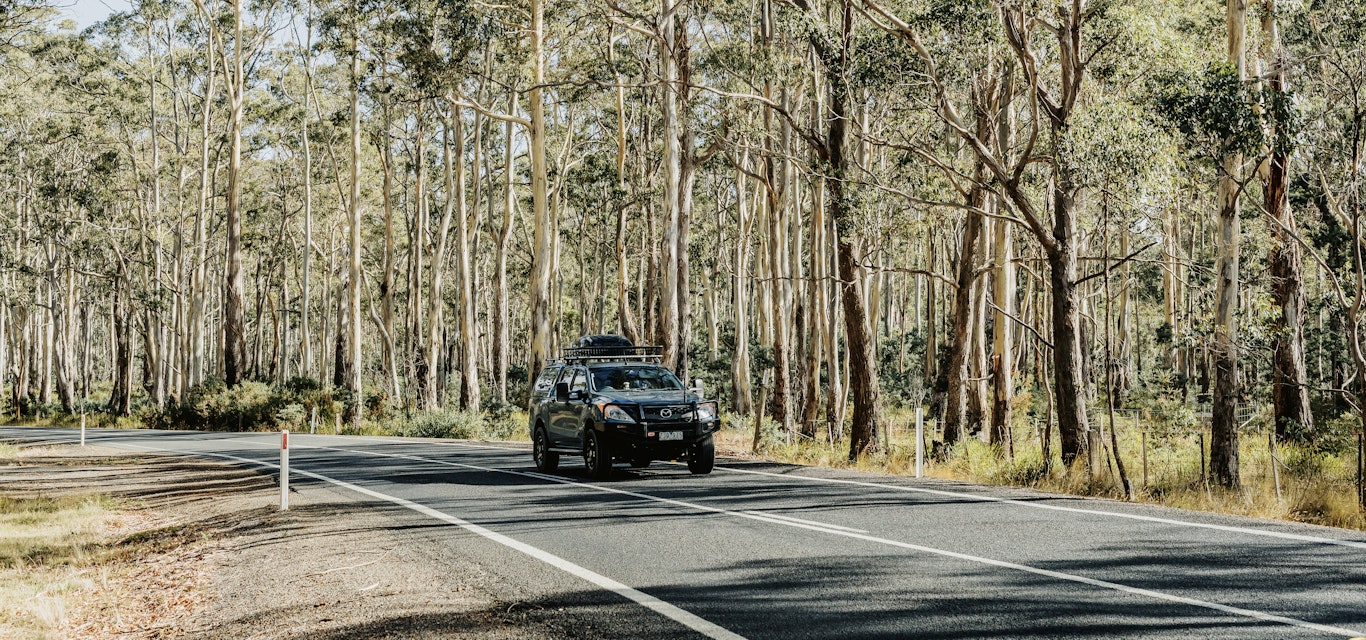Driving the message home
With speeding on the rise, more speed cameras will remind drivers it isn’t a smart choice, writes Garry Bailey.
Every year more than 13,000 motorists are caught speeding more than 15km/h over the limit in Tasmania. That’s 13,000 people, who, in a split second of inattention or poor judgment, could become a different statistic.
Instead of being fined, losing demerit points, or losing their licence, they could have lost their lives or suffered serious injury. They could have also caused the death of an innocent fellow road user or changed a road trauma survivor’s life forever. All for saving a few minutes of travel time.
In the 12 months to 31 January this year, police detected 13,454 motorists driving between 15km/h and 29km/h over the limit and 610 were nabbed 30km/h or more over the limit. Some might regard this rate of detection as an enforcement success. We believe this shows the message has not been getting through.
In fact, speed data collected by the Department of State Growth since 2016 shows an increase in drivers exceeding the speed limit. And anecdotally, many of our members related their own experience of drivers ignoring limits and outing fellow road users in danger.
That’s why we lobbied so strongly – and successfully – to have Tasmania’s speed camera network renewed. The first eight cameras are being rolled out and we expect to see a further eight next year.
The initiative has been strongly supported by Infrastructure Minister, and now Treasurer, Michael Ferguson, and aims to make Tasmania nation-leading in terms of best practice in automated speed enforcement.
This is only the first stage in a program that will add new potency to the cameras. They'll be able to detect not just speed but inattention, such as mobile phone use, and seat belt use.
The cameras shoot down through the windscreen from a range of sites, including overpasses, sign gantries and from roadside mobile trailers.
When NSW introduced its new-generation cameras last year, community surveys recorded 80% support for the initiative. That lines up with our views. In a survey last year, 83% of members who replied to our survey supported speed cameras and 97% supported the revenue being used to fully fund the network.
The Tasmanian Government has decided to fund new signage – part of the public education campaign – from speed camera fines revenue. We’ll continue to campaign to have the camera network fully funded by fines revenue – a policy all other states have adopted.
Tasmania has not had mobile cameras for some years, with automated speed enforcement restricted to the 10 fixed cameras around the state. This new mobility, allied with the continuing police enforcement programs, will be able to target lower volume 100km/h rural roads.
